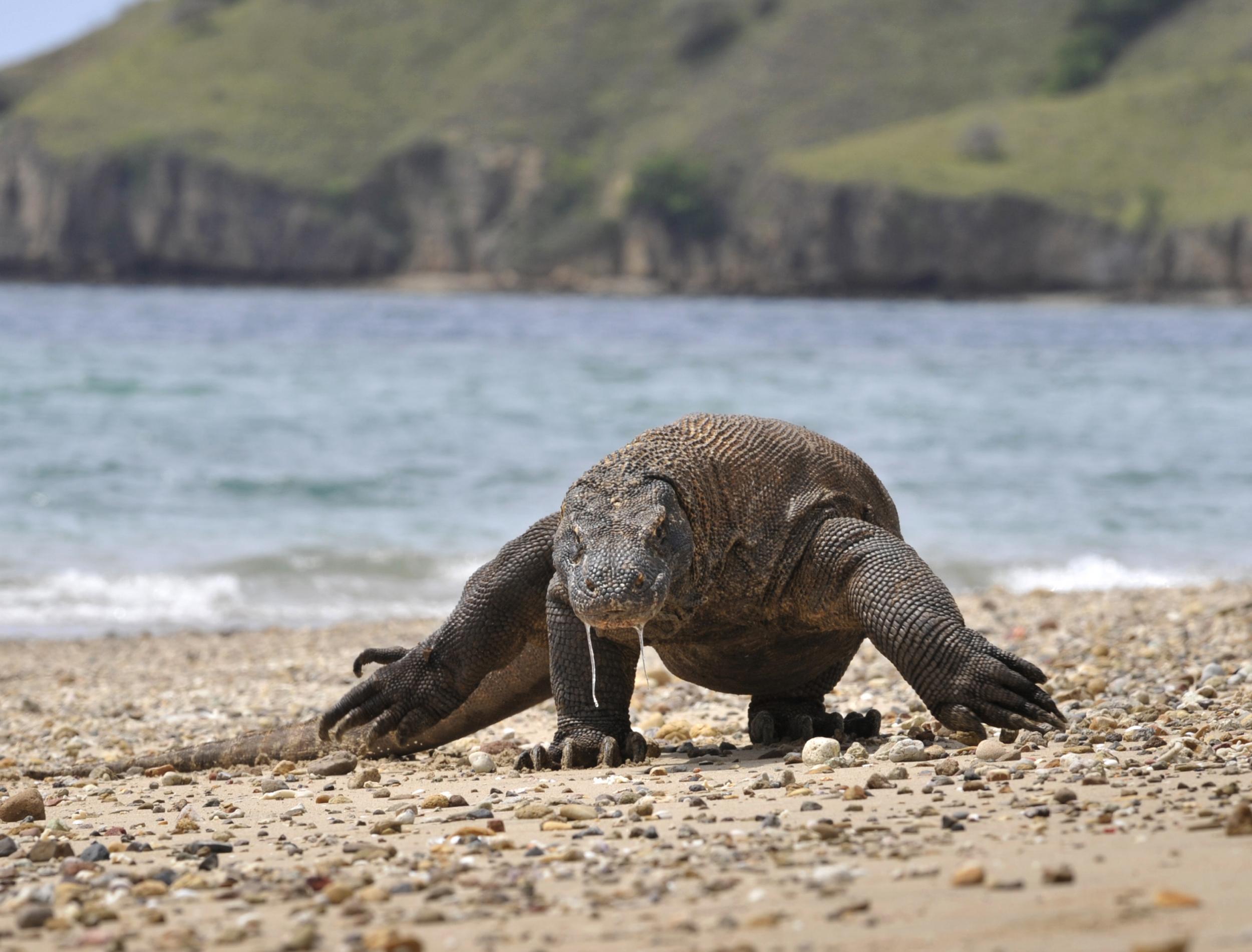Komodo dragon island: Home of world's largest lizards to close for one year
The move follows the theft of 41 lizards

Your support helps us to tell the story
From reproductive rights to climate change to Big Tech, The Independent is on the ground when the story is developing. Whether it's investigating the financials of Elon Musk's pro-Trump PAC or producing our latest documentary, 'The A Word', which shines a light on the American women fighting for reproductive rights, we know how important it is to parse out the facts from the messaging.
At such a critical moment in US history, we need reporters on the ground. Your donation allows us to keep sending journalists to speak to both sides of the story.
The Independent is trusted by Americans across the entire political spectrum. And unlike many other quality news outlets, we choose not to lock Americans out of our reporting and analysis with paywalls. We believe quality journalism should be available to everyone, paid for by those who can afford it.
Your support makes all the difference.Komodo Island, known for its Komodo dragon population, is to close for one year.
The Indonesian island is home to the world’s largest lizards and is a popular tourist attraction.
However, government officials will shut off the island to visitors from January 2020 for 12 months, according to local media reports.
The move follows the theft of 41 Komodo dragons by an alleged smuggling ring in March; they were sold abroad for 500 million rupiah (£26,825) each.
During the island’s closure, a conservation programme will attempt to increase the lizard population, which is currently at around 5,000.
Komodo National Park, which comprises the larger islands of Komodo, Padar and Rinca, plus 26 smaller ones, received 10,250 visitors per month in 2018, 95 per cent of whom were foreign tourists.
Only Komodo Island will close according to reports – the rest of the Unesco-listed national park is to remain open.
However, after 10 hectares of land were razed by a fire allegedly started by a tossed cigarette last summer, plans are afoot to cap the number of visitors to the park to 5,000 a month.
Once the new regulations are in place, it’s expected that travellers will have to register online before travelling there.
It’s the latest in a long line of places to introduce caps on visitor numbers.
From 1 January, Machu Picchu in Peru has required visitors to select specific time slots and arrive within one hour of them or risk being turned away.
This means that travellers who book for a 10am time slot need to arrive before 11am. There’s also a strict four-hour time limit for each visit, plus all tourists must be out by 5.30pm.
The Incan citadel in the Peruvian Andes first introduced ticketing in 2017, after surging tourist numbers prompted Unesco to threaten to put the attraction on its list of world heritage sites in danger.
Join our commenting forum
Join thought-provoking conversations, follow other Independent readers and see their replies
Comments